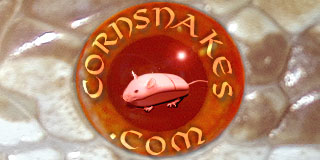Kiesha Nore
New member
I've a question about heating for corn snakes. Now, alot of sites on the net say that Corn snakes prefer to have belly heat, coming from below from a UTH, and that they don't really need something like a light bulb to generate heat from above. However, a book that I've just finished reading says that they prefer basking heat, but I believe he was talking about most kinds of pet snakes in general. Could I get some more information as to what corn snakes in particular prefer? Thanks.
